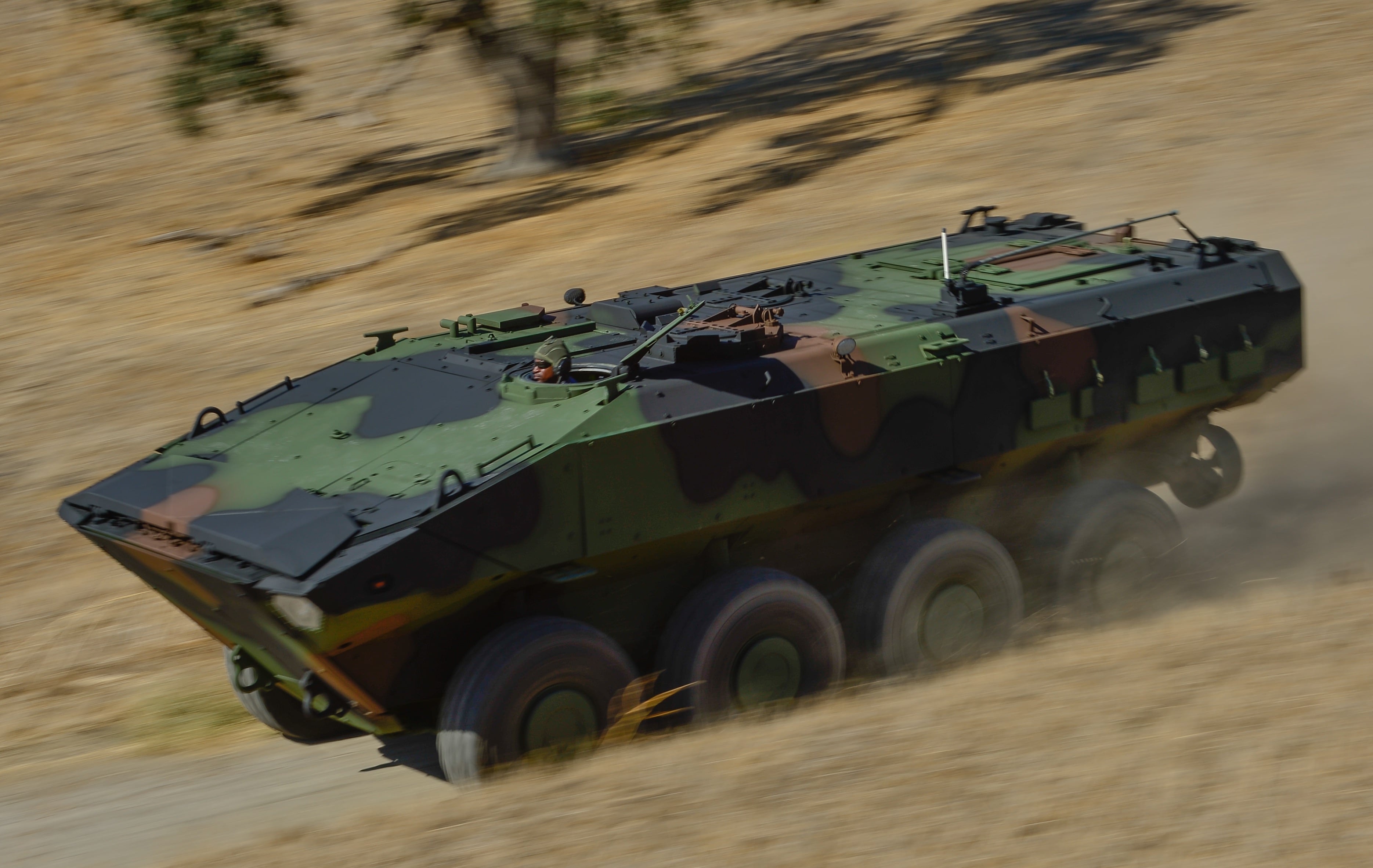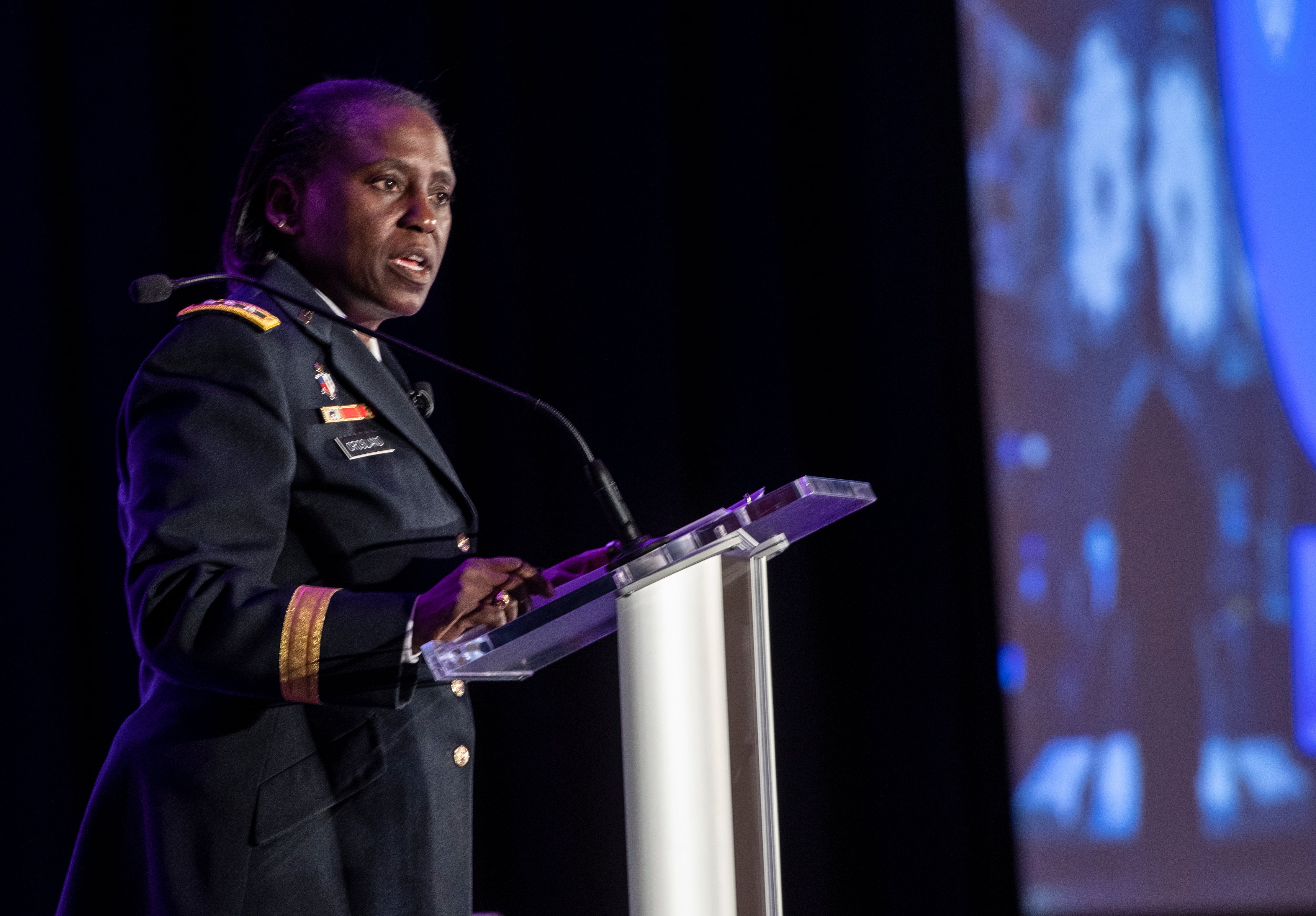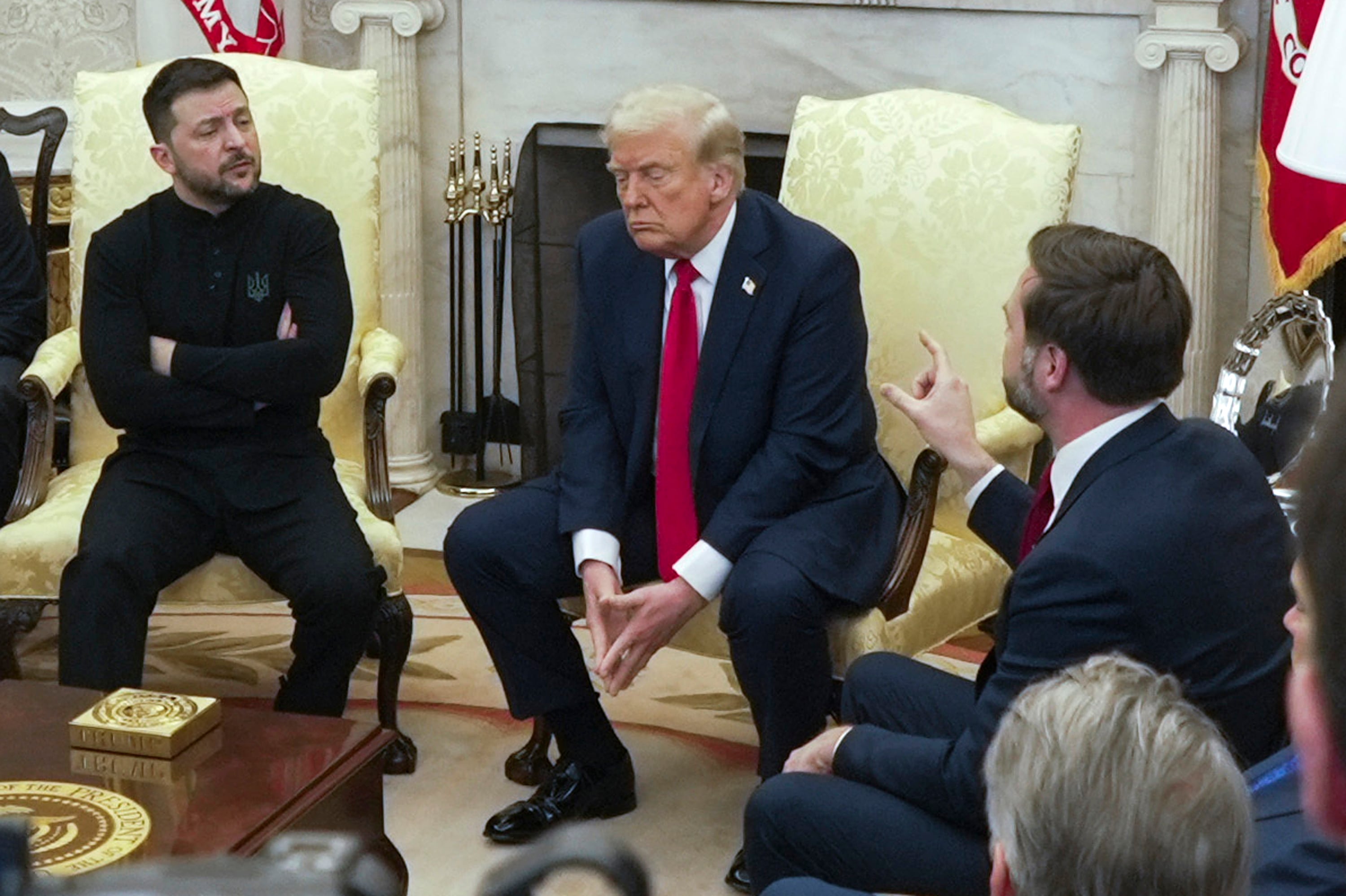As adversaries advance capabilities to target and defend their shores, Marines moving from ship to land will be ever more reliant on the vehicles that get them there, said the Corps’ top general.
Marine Corps Commandant Gen. Robert B. Neller told a standing-room only crowd Wednesday at the annual Modern Day Marine military expo at Quantico, Virginia, that the current sea-to-shore connectors — air cushion, landing craft or other systems — are a serious shortfall.
“That’s the area that we’re going to pay close attention to,” Neller said, adding that developments will involve a variety of machines and methods.
Improving on current crafts is crucial for moving forces, but also for avoiding attacks.
“Those connectors that allow us to sustain that force ashore and not have to build a huge pile of logistics ashore that makes it targetable, but use the sea to move in and out of the maneuver area as we need to,” Neller said.
The Amphibious Assault Vehicle, a tracked landing vehicle, has been chugging along in that mission for nearly four decades and is due for a replacement.
The new rendition, an Amphibious Combat Vehicle, is being developed by BAE Systems and SAIC, who both are vying to be selected for the contract. The ACV will be wheeled, not tracked.
With operational tests beginning in December, BAE Systems configured a new variant for display at the annual convention.
The troop transport or personnel carrier version can carry 13 Marines and a three-person crew.
The command and control version would come equipped with radio, satellite and other communications gear for the unit commander to coordinate landings and assaults. It can carry seven Marines and a three-person crew.
For proprietary reasons, no photographs were permitted inside the vehicle, but BAE Systems ACV Program Manager John Swift explained that the company configured the vehicle to support current command and control setups in existing AAVs, while also displaying ways in which the vehicle can be outfitted for other missions.
The interior contains mounted radios and laptops networked together and front-facing seats, as opposed to the transport version in which Marines face each other with feet near the center and backs outboard.
The concept version was not part of a Marine Corps request or current requirement, Swift emphasized.
Todd South has written about crime, courts, government and the military for multiple publications since 2004 and was named a 2014 Pulitzer finalist for a co-written project on witness intimidation. Todd is a Marine veteran of the Iraq War.





